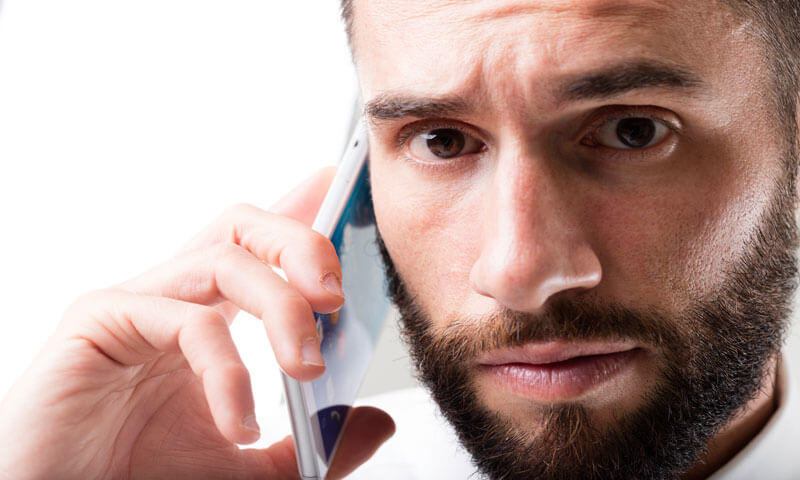
However, the court has assured that audio recordings and transcripts of oral arguments would be available to the public as soon as the hearing is over.
In this decision, the U.S. Supreme Court once again affirms its position of not allowing video recordings of arguments, and the barring of cameras within courtrooms.
The debate over healthcare has truly concerned most of the population who are avid to learn of the results, and a direct television broadcast would have had shamed the TRPs of the best shows. But the court remains reluctant to the notion of people glued to the TV and watching court proceedings while popping popcorn.
However, the court has made some concessions, speeding up the release of audio recordings to follow immediately after the hearing sessions are over, rather than following the traditional practice of releasing recordings at the end of the week. The recordings and transcripts would be available at the courts website at supremecourt.gov. The morning sessions would be available by 2 pm and afternoon sessions by 4 pm.
In early February, the Judiciary Committee had sent a bill for televising court proceedings to the full Senate for consideration. Even last year, a similar bill was sent up but failed to become law.
The bill required TV coverage of all of the court’s open sessions, unless a majority of the justices decides against such coverage.
Richard Durbin, Democrat, who had initiated the bill, had expressed “In a democratic society that values transparency and participation, there can be no valid justification for such a powerful element of government to operate largely outside the view of the American people.”
For now, the box office remains out of the Supreme Court. But we do maintain hopes for the future.





































